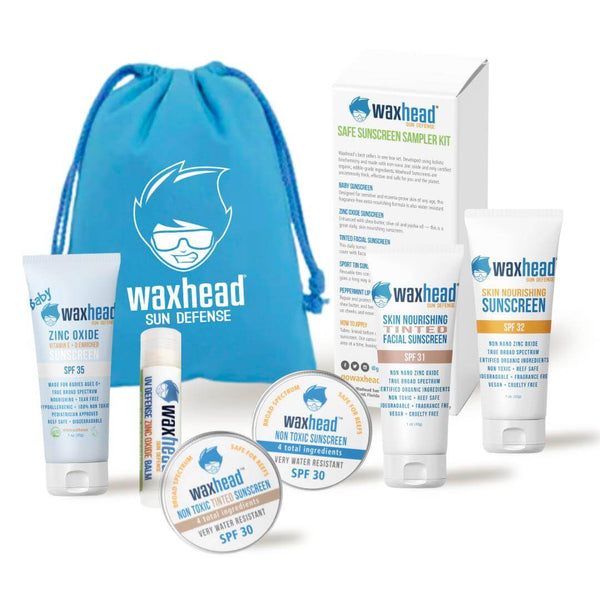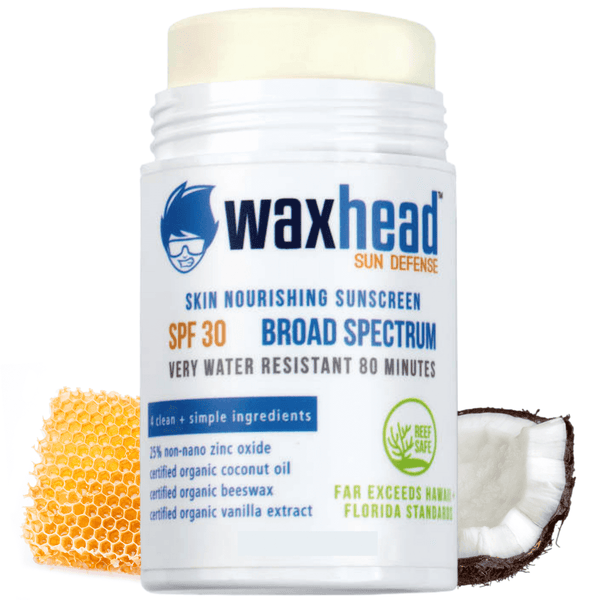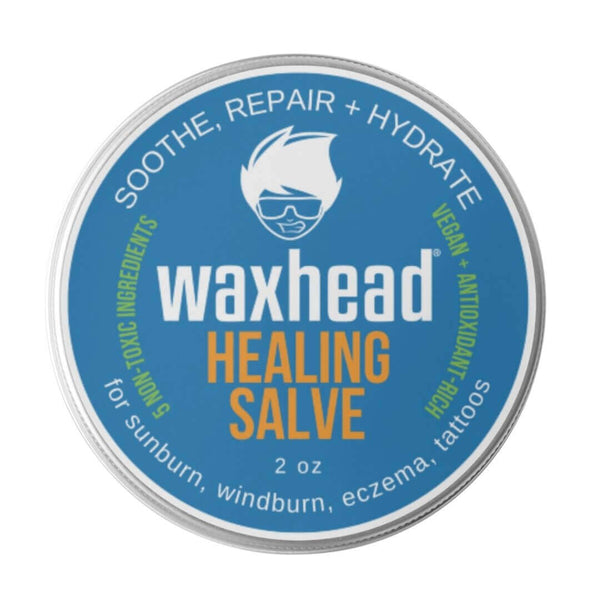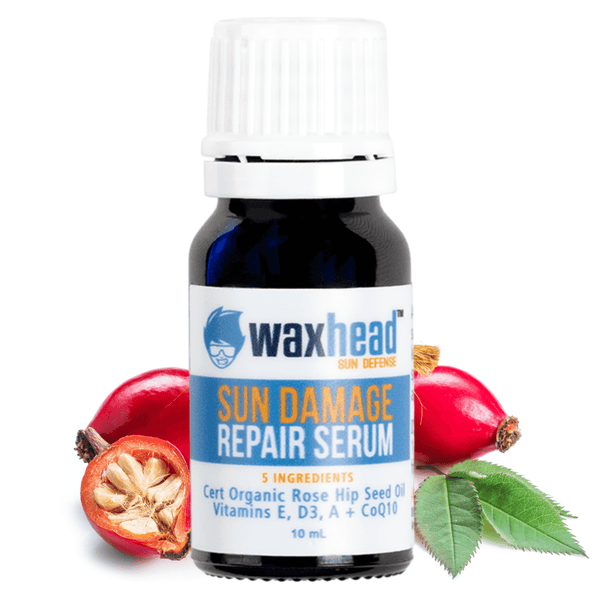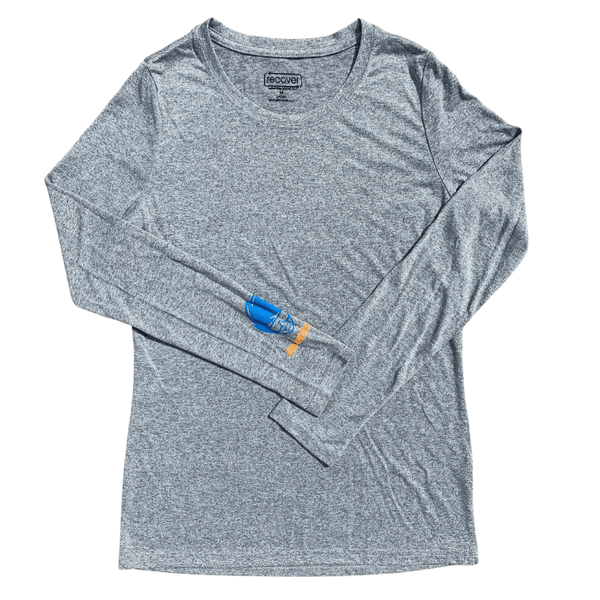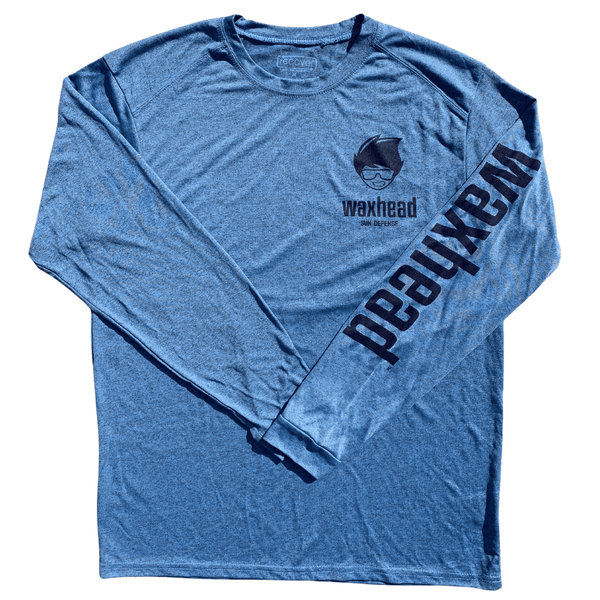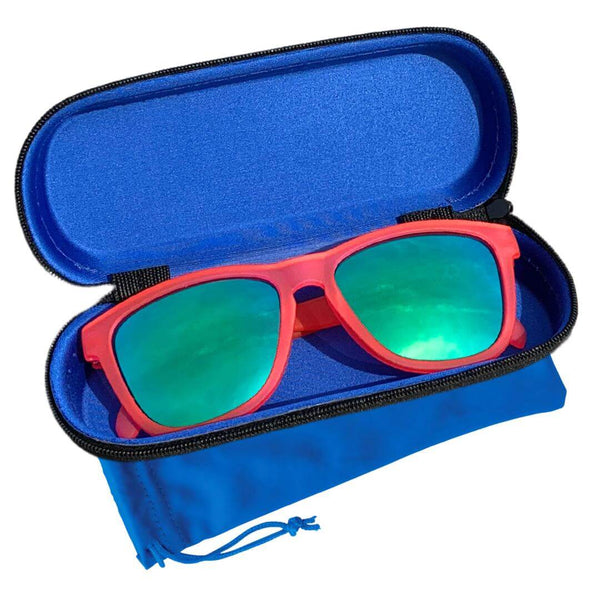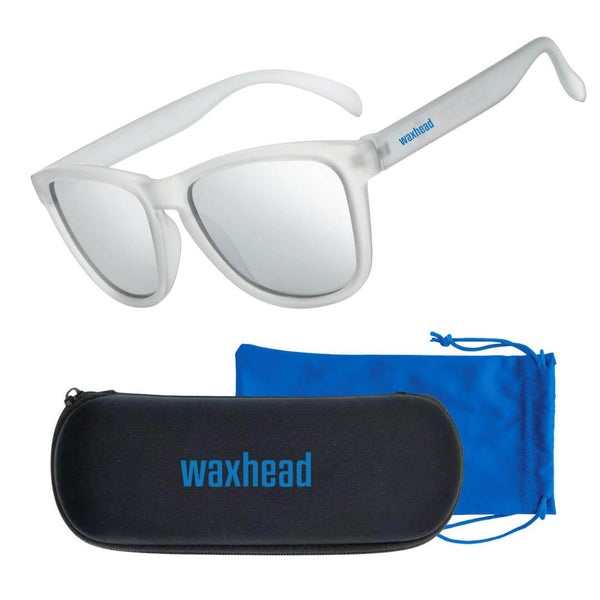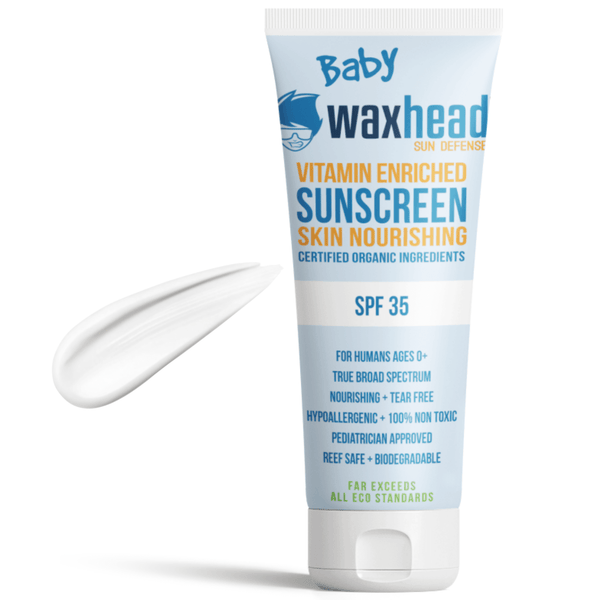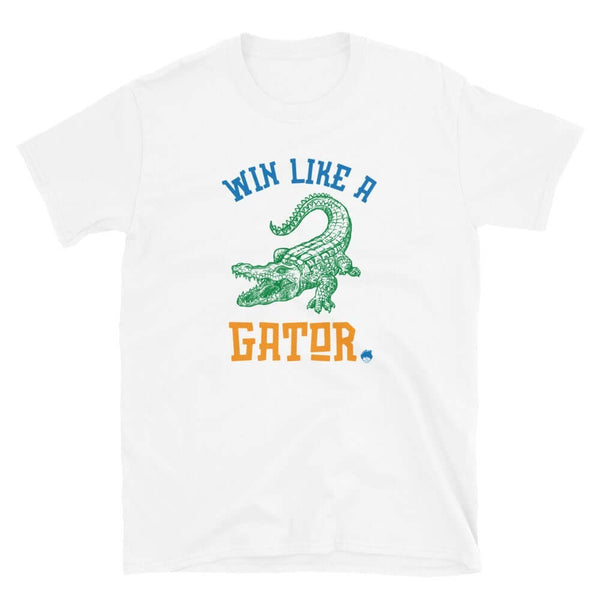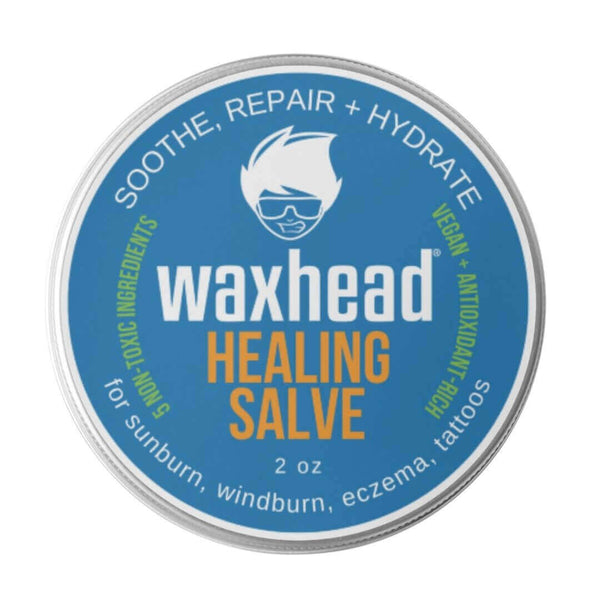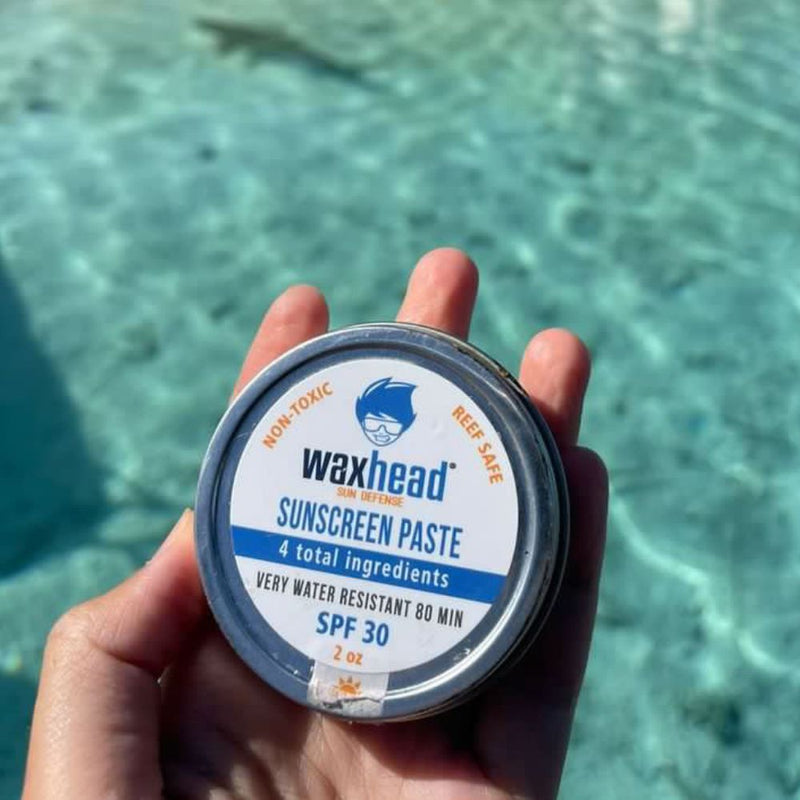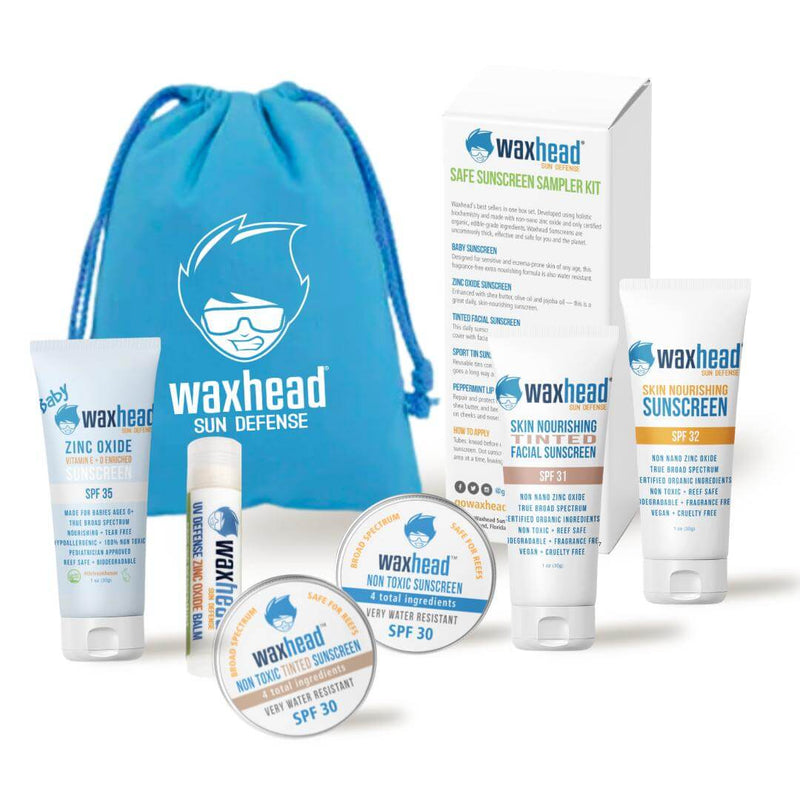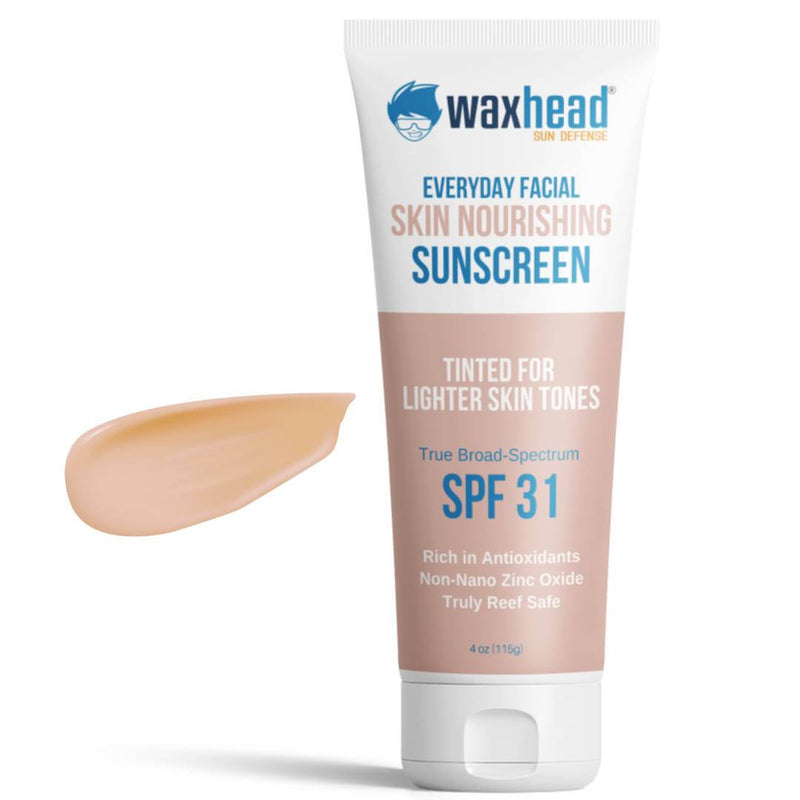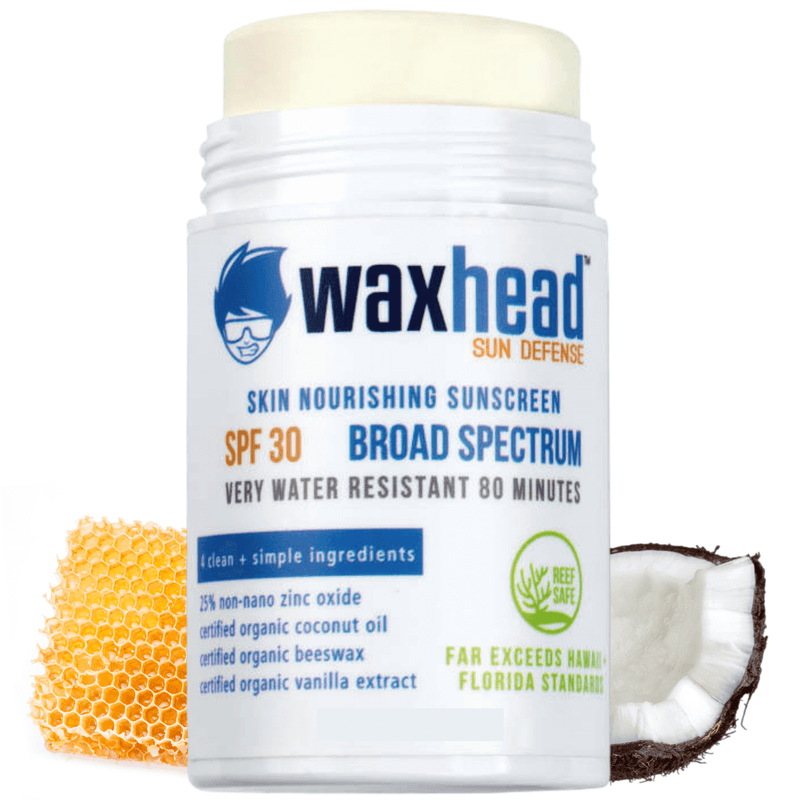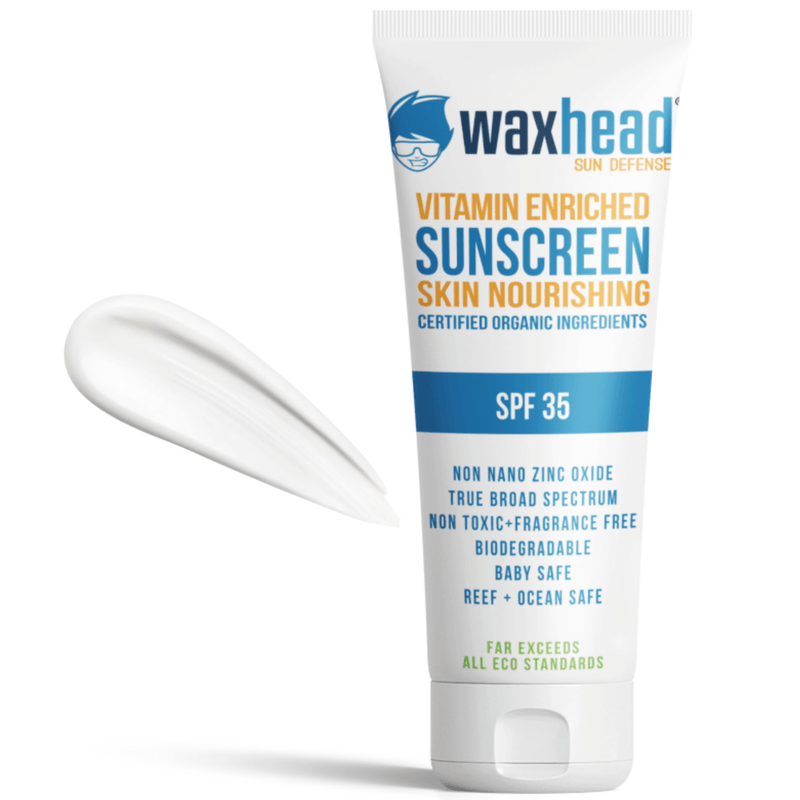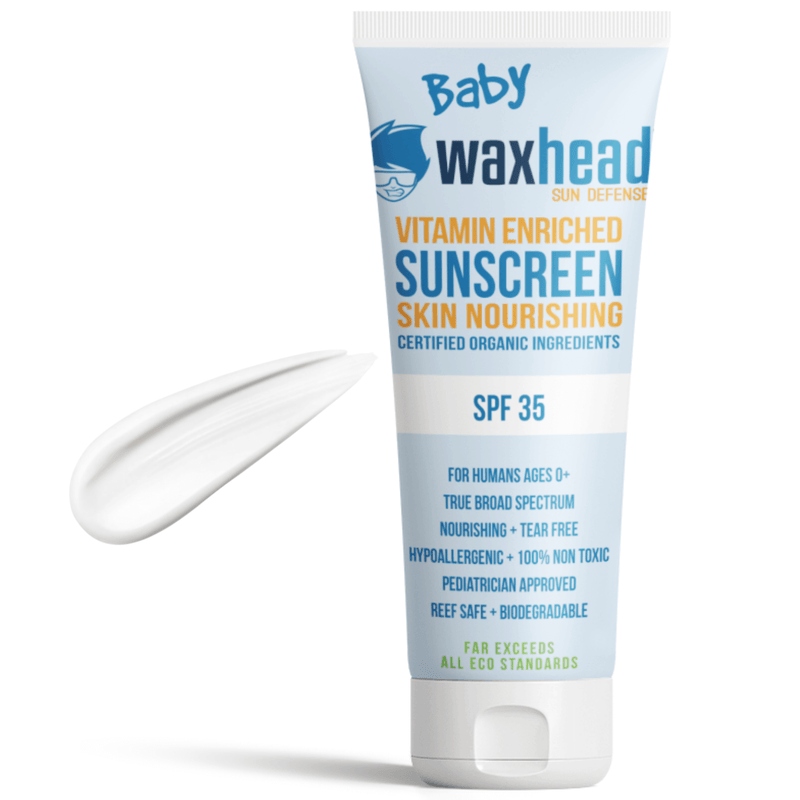One of the brands we get asked about a lot is Blue Lizard. Is Blue Lizard sunscreen reef safe?
Let’s find out.
Step 1: Choose a Blue Lizard Sunscreen to Investigate
We selected Amazon’s Choice: Blue Lizard Active Mineral-Based Sunscreen Lotion SPF 50
For that product, here's Blue Lizard's reef safe marketing message:
"We Love the Reef – To help protect delicate coral reefs, our Active sunscreen contains no Oxybenzone or Octinoxate”
"Blue Lizard’s We Love the Reef sunscreens are Oxybenzone free and Octinoxate free for a swimming sunscreen that has delicate coral reefs in mind.”
Step 2: Research Ingredients for Blue Lizard
Active Ingredients (per their website)
Octisalate - 5%
Titanium Dioxide - 5.4%
Zinc Oxide - 10%
Inactive Ingredients (per their website)
Alumina, Aluminum Stearate, Beeswax, Butyloctyl Salicylate, C12-15 Alkyl Benzoate, Caprylic/Capric Triglyceride, Caprylyl Glycol, Cetyl Dimethicone, Cetyl PEG/PPG-10/1 Dimethicone, Diisopropyl Sebacate, Dimethicone, Disodium EDTA, Ethylhexylglycerin, Hexyl Laurate, Hydrogenated Castor Oil, Isostearyl Isostearate, L-Arginine, Methyl Glucose Dioleate, Methylpropanediol, Octyldodecyl Neopentanoate, PEG-7 Hydrogenated Castor Oil, Phenoxyethanol, Phenylpropanol, Polygylceryl-4 Isostearate, Polyhydroxystearic Acid, Polyurethane-35, Propanediol, Purified Water, Sorbitan Oleate, Stearic Acid, Tocopheryl Acetate, Triethoxycaprylylsilane, Trimethylsiloxysilicate, VP/Hexadecene Copolymer
Step 3: Analyze the Active Ingredients
Octisalate
Octisalate is a chemical sunscreen ingredient and at 5% is the limit FDA allows. It is used to augment UVB protection in sunscreen. As a salicylate (a weak UVB absorber), octisalate is generally combined with other UV chemical filters. Octisalate typically degrades when exposed to sunlight. It is a penetration enhancer, increasing the amount of other ingredients passing through skin and into the bloodstream. Octisalate is toxic to marine biosystems and may contribute to coral bleaching.
Titanium Dioxide
Titanium dioxide contains titanium, a toxic heavy metal. Titanium dioxide creates more free radicals that do oxidative damage to your body and skin cells and increases aging processes. Exposure to nano‐sized titanium dioxide also caused significant zooxanthellae expulsion in coral colonies. This expulsion leads to coral bleaching and possible death. Since Blue Lizard does not state their Titanium Dioxide is non-nano, we can only assume it is the small, nano sized particles and thus not reef safe. At the very least, not stating "non-nano" is evidence that Blue Lizard doesn't appreciate the importance of non-nano adequately.
Zinc Oxide
Zinc oxide MUST be non nano to be fully safe. Nanoparticles are smaller than 100 nanometers, and some companies have used them in their sunscreens to make them less white. The problem is that such small particles, while not necessarily harmful to humans, easily enter coral and other marine biosystems and cause significant damage. In short, nano sized zinc oxide is NOT reef safe. Since Blue Lizard does not state their Zinc Oxide is non-nano, we can only assume it is the small, nano sized particles and thus not reef safe. At the very least, not stating "non-nano" is evidence that Blue Lizard doesn't appreciate the importance of non-nano adequately.
Non-nano zinc oxide and non-nano zinc oxide titanium dioxide does not have the same effect on reefs, because its particles are large enough to not enter or interact with marine biosystems. Always look for words “non-nano” mineral ingredients on labels.
Step 4: Final Verdict: Is blue lizard sunscreen reef safe?
In our expert biochemistry-based opinion after looking at the listed ingredients, Blue Lizard Active Mineral-Based Sunscreen Lotion, SPF 50 is NOT reef safe, but because the term is unregulated while the Hawaii ban on oxybenzone and octinoxate created the false perception that products without those ingredients are automatically reef safe, brands like Blue Lizard (and there are many) are able to take advantage of these consumer misconceptions and seem to be more concerned with the market's perception of their "reef safe" products, rather than if they really are (which they're not).
Bonus: What does reef safe mean?
The term "reef safe" has become more prevalent on sunscreen labels, mainly because sunscreen companies want to attract Eco-conscience consumers. However, the term is unregulated by the FDA and shouldn't be considered definitive until the term is regulated effectively. The simple truth is that most sunscreens marketed as “reef safe” are not at all safe for oceans, reefs, or the animals dependent on them, because their ingredients are toxic to marine biosystems.
These toxic ingredients include ANY petrochemicals, along with nano-sized versions of either zinc oxide or titanium oxide. To be truly a reef safe sunscreen, it must contain ONLY mineral active ingredients (zinc oxide or titanium dioxide), and these ingredients must be NON-NANO, which means the particle size is large enough to not enter and harm marine biosystems. If a sunscreen fails to meet all these requirements, it is not reef safe.
Non-Nano Zinc Oxide Sunscreen is Reef Safe
The best sunscreen active ingredient, for both human and marine biosystems, is non-nano zinc oxide, and by a wide margin.
Zinc oxide is a powdered mineral that doesn’t dissolve in seawater, and in its non-nano variety (meaning its particles are all large enough to not seep through skin pores or enter marine biosystems) it rapidly settles to the seafloor and becomes an inert part of the sediment.
In contrast, NANO zinc oxide particles (smaller than 100 nanometers) can be ingested by marine animals including coral, causing internal damage, and when washed off into ocean, they can react with UV rays to generate hydrogen peroxide which can be toxic to phytoplankton, a vital nutrient to many reef and coral species.
Know Your Sunscreen. Trust Your Sunscreen.
Read your sunscreen ingredients, including the “inactive” ones. Research and know each ingredient, then either decide for yourself if it’s reef safe, or better yet, ask us and we’ll give you straightforward guidance, whether it’s for our sunscreen or not. If a sunscreen’s good for you, we’ll tell you so.
 Use Non-Nano Zinc Oxide Sunscreen
Use Non-Nano Zinc Oxide Sunscreen

Our travel-friendly, pocket size field tins contain the thickest, toughest, healthiest, reef-friendliest sunscreen you'll find.
Stays on face to defend and nourish skin through through saltwater, pool water and sweat. VIEW PRODUCT DETAILS
https://www.ncbi.nlm.nih.gov/pmc/articles/PMC5615097
https://oceanservice.noaa.gov/news/sunscreen-corals.html
https://www.sustainabletourismhawaii.org/reefsafesunscreen







